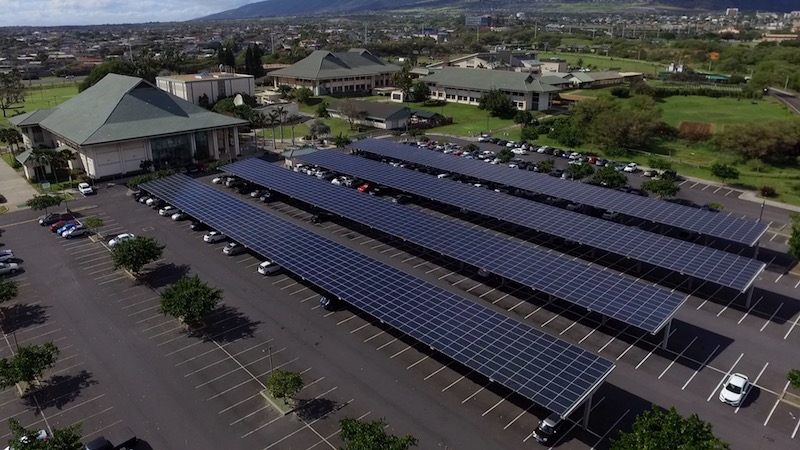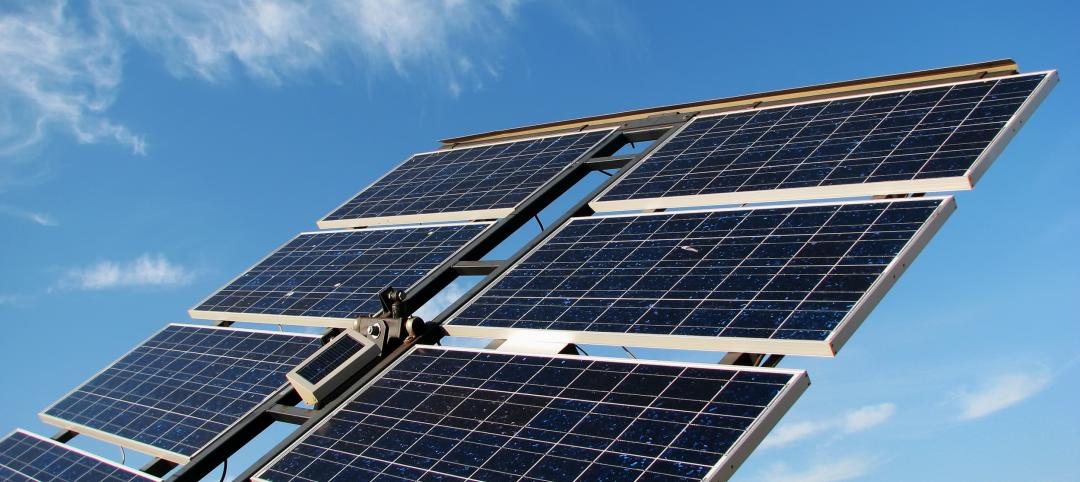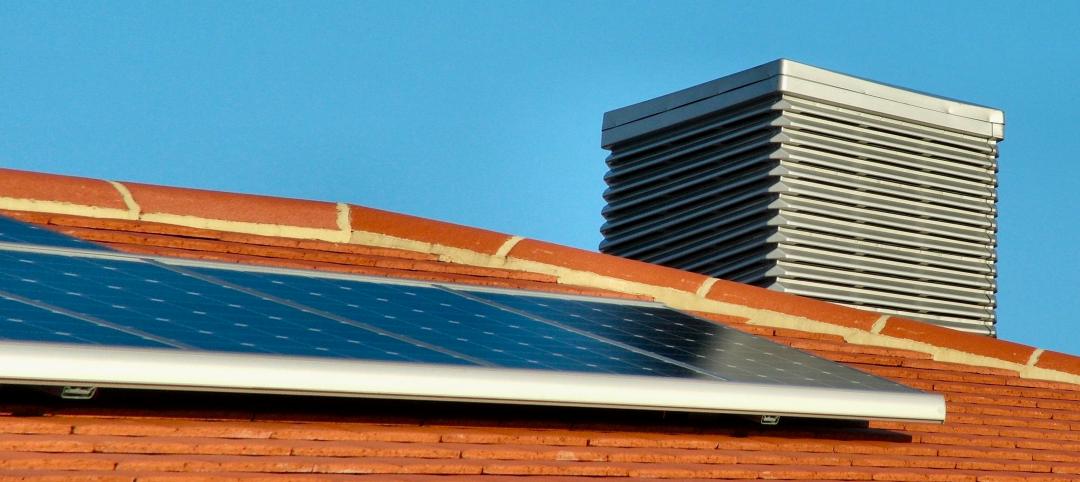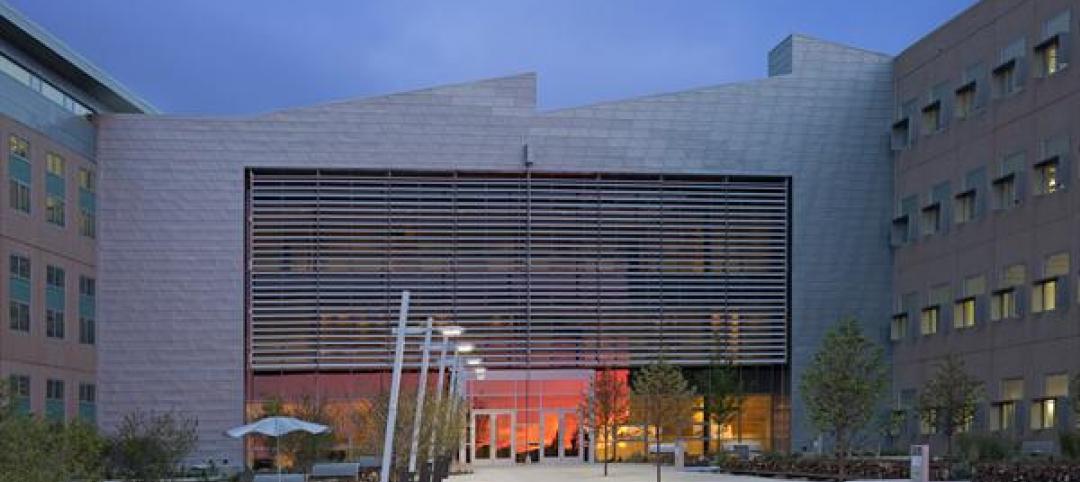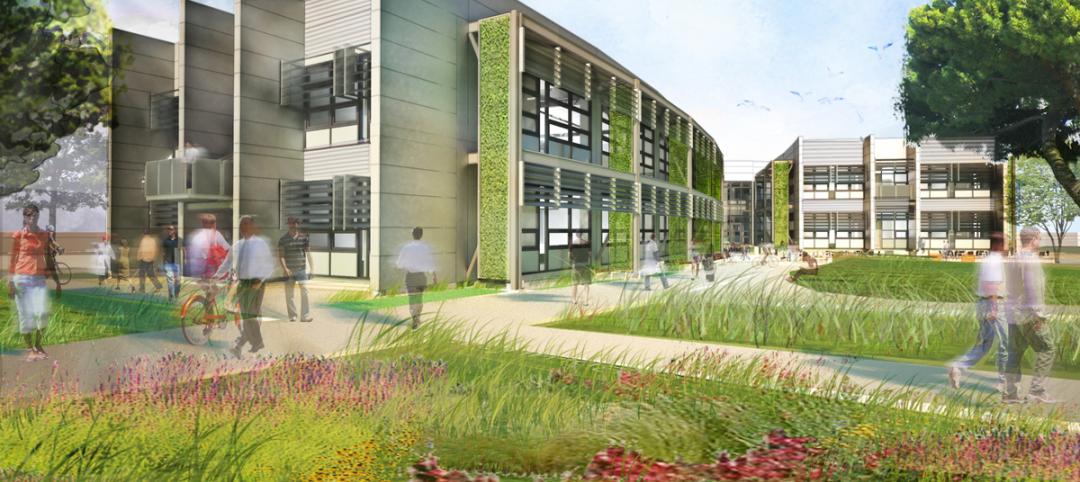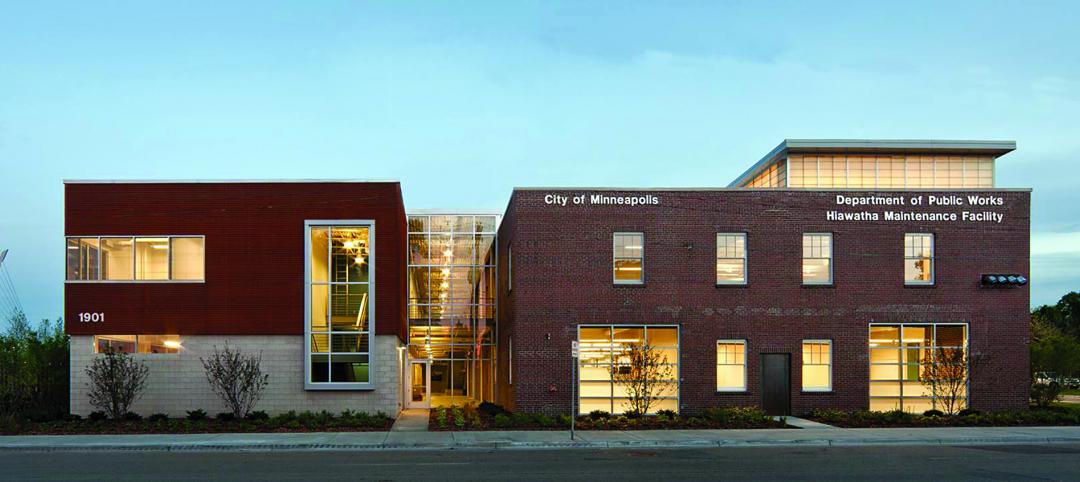In 2015, the University of Hawaii (UH) and the Hawaii Legislature established a goal for the UH university system to be net-zero by Jan. 1, 2035. Of all the campuses in the UH system, the University of Hawaii Maui College is on target to be the first to supply 100% of its energy needs through on-site photovoltaic systems coupled with battery storage, and it will do so 16 years ahead of schedule.
When it becomes operational in 2019, the UH Maui College PV plus storage system will be able to eliminate the campus’s fossil fuel-based energy use. The project is part of a partnership with Johnson Controls and Pacific Current and is currently in its second phase. Phase one saw the implementation of energy efficiency measures at UH Maui College and across all of the UH campuses. Phase two includes additional energy efficiency upgrades and the installation of the on-site solar PV coupled with battery storage.
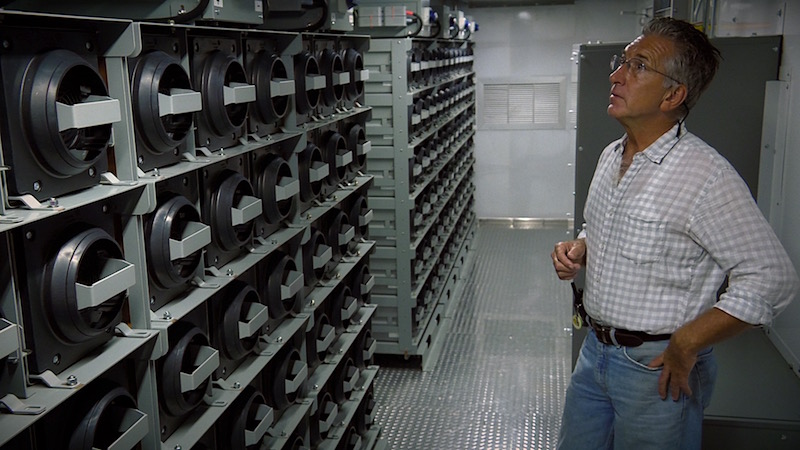 UH Maui College Physical Plant Manager Robert Burton looks at battery array. Photo courtesy University of Hawaii.
UH Maui College Physical Plant Manager Robert Burton looks at battery array. Photo courtesy University of Hawaii.
Phase two will bring the total on-site capacity to 2.8 MW of solar PV and 13.2 MWh of battery distributed energy storage at UH Maui College. Phase two will reduce the fossil fuel energy consumption across all of the five UH campuses by ~14 GWh annually (45%) and add ~13 GWh renewable energy generation.
By the end of phase two, the UH Oahu campuses will reduce their use of fossil fuel for energy by 98% (Leeward Community College), 97% (Honolulu Community College), 74% (Kapi’olani Community College), and 70% (Windward Community College).
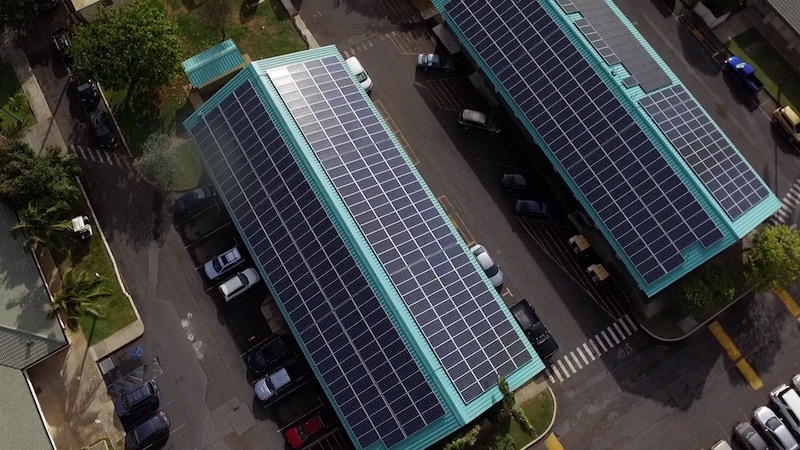 Photo courtesy University of Hawaii.
Photo courtesy University of Hawaii.
Related Stories
| Jun 1, 2011
Minneapolis public works facility earns LEED Platinum
The Hiawatha Public Works Facility in Minneapolis received LEED Platinum certification, making it the state’s greenest government building.
| May 25, 2011
Smithsonian building $45 million green lab
Thanks to a $45 million federal appropriation to the Smithsonian Institution, the Smithsonian Environmental Research Center in Edgewater, Md., has broken ground on what is expected to be one of the most energy-efficient laboratories in the country. The 69,000-sf lab is targeting LEED Gold and is expected to use 37% less energy and emit 37% less carbon dioxide than a similar building.
| May 17, 2011
Sustainability tops the syllabus at net-zero energy school in Texas
Texas-based firm Corgan designed the 152,200-sf Lady Bird Johnson Middle School in Irving, Texas, with the goal of creating the largest net-zero educational facility in the nation, and the first in the state. The facility is expected to use 50% less energy than a standard school.


